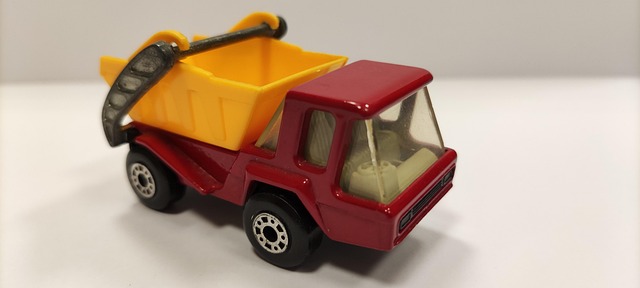Looking to register your car in California? This comprehensive guide walks you through the entire process, from understanding key requirements to securing your certificate. It breaks down essential steps like gathering necessary documents and undergoing crucial dmv VIN verification. By following these clear instructions, you’ll efficiently navigate the registration process, ensuring your vehicle complies with state standards.
- Understand California Car Registration Requirements
- Gather Necessary Documents for DMV Visit
- Perform Vehicle Identification Number (VIN) Verification
- Complete Application and Pay Fees at DMV
- Receive Your California Registration Certificate
Understand California Car Registration Requirements

Before registering your car in California, it’s crucial to understand the state’s specific requirements for vehicle registration and documentation. The California Department of Motor Vehicles (DMV) has established guidelines that all vehicle owners must adhere to ensure their cars are legally operable on public roads. One essential step is the DMV’s Vehicle Identification Number (VIN) verification process, which ensures the authenticity and history of your vehicle.
For convenience, many Californians opt for a mobile VIN inspection or use a vin inspection service. This involves a professional examiner checking the VIN details against national databases to confirm the car’s make, model, year, and any reported accidents or outstanding issues. By completing this process, you’ll be one step closer to securing your vehicle’s registration, ensuring a smooth transition to California roads.
Gather Necessary Documents for DMV Visit

Before heading to the California DMV, make sure you gather all the essential documents required for car registration. This includes your vehicle’s Registration Application (Form DMV-123), which can be obtained online or in person. Additionally, bring along the title or proof of ownership, typically a Certificate of Sale or a previous registration document. A crucial piece is the Vehicle Identification Number (VIN) verification, which can be done through a mobile vin inspection service or by requesting it from the DMV during your visit.
Don’t forget to carry valid identification documents like a driver’s license or passport, as well as any other supporting documentation requested by the DMV, such as proof of insurance and vehicle safety inspection results. Having these prepared will ensure a smoother process for registering your car in California.
Perform Vehicle Identification Number (VIN) Verification

Before registering your car in California, performing a Vehicle Identification Number (VIN) verification is a crucial step. This process ensures that the vehicle’s details match the information provided by the manufacturer and helps prevent fraud. You can perform this check easily through the California Department of Motor Vehicles (DMV) or even with a mobile vin verification service. These services allow you to input your VIN and instantly receive vital data about the car, including its history, specifications, and any potential issues.
A vin inspection is straightforward; you simply need to cross-reference the details against trusted sources. This step is especially important when buying a used vehicle as it helps you avoid potential problems or undisclosed modifications. With just your VIN, you can gain valuable insights into the car’s past, making sure it aligns with your expectations and ensuring a safe and legal registration process.
Complete Application and Pay Fees at DMV

After gathering all necessary documents, it’s time to complete your car registration process at a California Department of Motor Vehicles (DMV) office. The first step involves filling out Form DV-140, which is the Application for Title and Registration. Here, you’ll provide detailed information about your vehicle, including its make, model, year, and unique Vehicle Identification Number (VIN). A crucial part of this process is the VIN verification, ensuring the accuracy of your car’s identification. Many DMV locations now offer convenient mobile vin verification services, allowing you to complete this step quickly without unnecessary delays.
Once your application is submitted, you’ll also be required to pay various fees associated with registration. These fees vary based on factors like the type of vehicle and whether you’re registering it for the first time or transferring ownership. Acceptable payment methods are typically cash, credit card, or debit card. After successfully completing this stage, you’ll receive your vehicle’s title and registration documents, allowing you to legally operate your car on California roads.
Receive Your California Registration Certificate

After submitting your application and required documents at a California DMV office or via the official DMV website, the next step is to receive your California Registration Certificate. This certificate confirms that your vehicle has successfully undergone all necessary inspections and verifications, including a crucial DMV VIN verification. The process can be completed swiftly if you’ve chosen to conduct a mobile VIN inspection or used a mobile VIN verifier, allowing for convenient and efficient registration.
Once approved, the DMV will issue your state-mandated registration certificate, ensuring your vehicle is legally registered in California. Always keep this document handy as it’s essential for proof of ownership and may be required during traffic stops or when dealing with insurance companies.
Registering a car in California involves several straightforward steps, from understanding the state’s requirements to providing necessary documents and completing the application process. Remember to perform a DMV VIN verification to ensure your vehicle’s authenticity, which is crucial for a successful registration. By following these steps and gathering all essential documents, you’ll be on your way to receiving your California registration certificate promptly.
